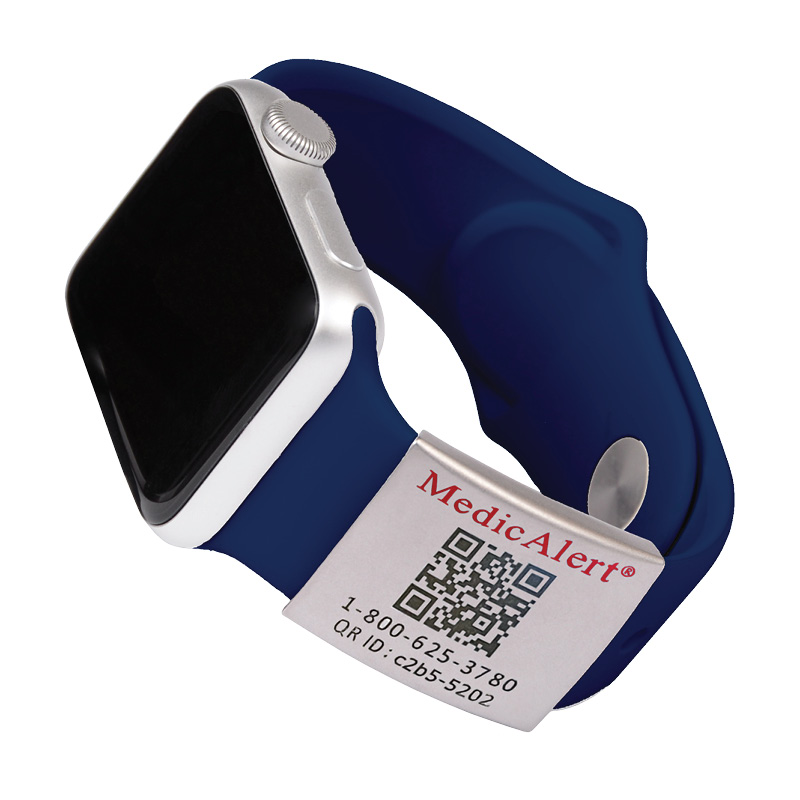A big worry for all parents is that their child might experience an emergency when they are not there to help. This can feel magnified as a parent to a child with a chronic medical condition, developmental delays, or communication differences. A great step you can take to ease these worries is to have your child wear a medical ID.
But how do you explain a medical ID to your child? It can be hard to explain the reasoning behind wearing one. And you may worry that talking about possible medical emergencies could be scary. What if they refuse to wear it?
There are some simple ways you can work together with your child to overcome these concerns. And, thankfully with many options out there to choose from, you can find the right medical ID for your child’s needs.
When considering these options, it’s important to choose a reputable and established medical ID provider like MedicAlert. A medical ID from MedicAlert offers peace of mind by acting as an important source of information on your child’s condition for medical responders. Even though you can’t be there 24/7, MedicAlert can be your voice on behalf of your child. With the option of membership in MedicAlert’s Protection Plan, you can add an even greater level of reassurance that first responders will have all the details they need to care for your child with access to a digital health profile and a 24/7 Emergency Response Team. This plan can also include 24/7 emergency contact notification so that you can be by your child’s side quickly.




